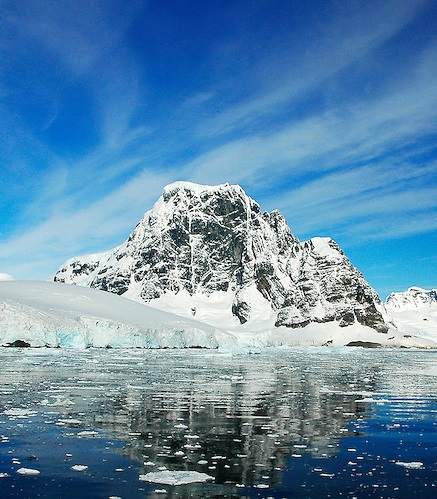Antarctic ice declining
 Glaciologists say hundreds of metres of solid ice were lost from West Antarctica’s glaciers between 2002 and 2009.
Glaciologists say hundreds of metres of solid ice were lost from West Antarctica’s glaciers between 2002 and 2009.
A study published this week supports the hypothesis that the influx of warm ocean water beneath ice shelves in the Amundsen Sea embayment significantly increased during the mid-2000s.
The Amundsen Sea embayment of West Antarctica hosts some of the fastest melting glaciers on the planet.
Warm ocean waters flow across the continental shelf into sub-ice shelf cavities where they slowly erode the ice, especially near the glaciers’ grounding lines — where the glacier meets the sea.
But the exact magnitude of this ice loss has remained poorly quantified, until now.
Glaciologist and radio scientist Ala Khazendar and his team have used aerial data collected as part of NASA’s Operation IceBridge to examine the variations in melting rates and grounding line positions of three Antarctic glaciers in the Amundsen Sea embayment: Smith, Pope, and Kohler.
They saw intense, unbalanced melting of the glaciers between 2002 and 2009, with Smith Glacier losing as much as 70 metres per year, and almost half a kilometre of ice thickness in total.
Between 2009 and 2014, a reduction in the influx of warm ocean water led to less ice loss from Pope and Kohler; however, the grounding line of Smith Glacier retreated into a deep trough, contributing to continued intense ice loss.
The findings show that the position of the retreating glaciers, along with the variability of oceanic heat influx, changes the observed melting rates.
It means that ice sheets can change rapidly and will do so in the future, but predicting the sea level contribution from melting ice sheets remains a challenge.








 Print
Print